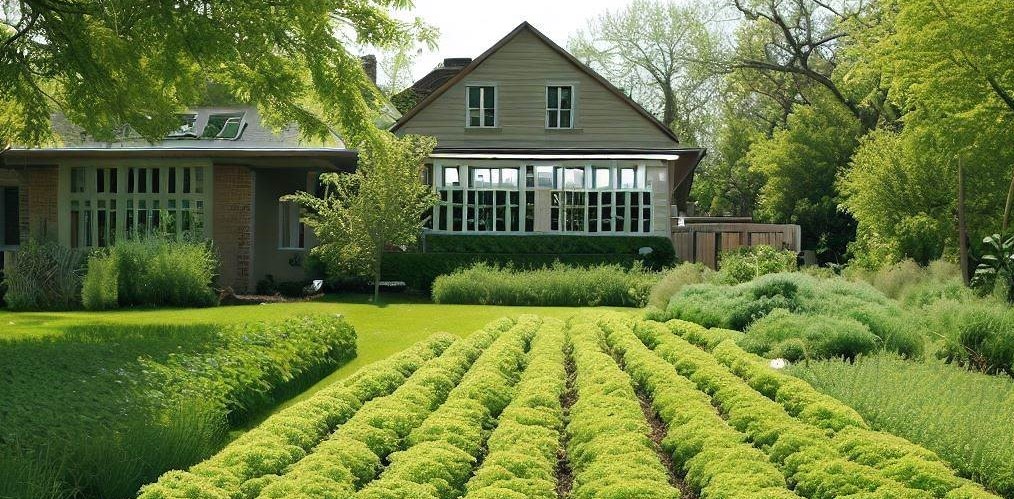A backyard garden can be a wonderful addition to any home, providing fresh produce, beautiful flowers, and a relaxing outdoor space. However, planning a garden can be overwhelming, especially if you’re new to gardening. Fortunately, with a little bit of planning and research, you can create a backyard garden that suits your needs and fits your space.
For our overview of creating a self-sustaining backyard, check this out.
Step 1 – Choose a Location
The first step in planning a backyard garden is to choose a location. Ideally, you want a spot that gets plenty of sunlight and has good drainage. If you’re not sure where to start, spend some time observing your backyard throughout the day to see which areas get the most sun. Also, consider the proximity to your home, and the accessibility of the area.
Step 2 – Determine the Garden Size

Once you’ve selected a location for your garden, you’ll need to decide how big you want it to be. A larger garden can be more work, but it also allows for more variety in what you can grow. On the other hand, a smaller garden can be easier to manage and can still produce a significant amount of food or flowers.
Visit our guide for more information on sizing your backyard garden.
Step 3 – Decide What to Plant
Deciding what to plant in your garden can be a fun and exciting process. Consider what you like to eat or what types of flowers you enjoy. Think about what grows well in your area and what plants are best suited for the amount of sunlight your garden will receive. Also, consider the time of year and how long each plant takes to grow. It’s a good idea to choose a mix of annuals and perennials, so you have both short-term and long-term plants in your garden.
Step 4 – Create a Garden Layout
Once you’ve decided what to plant, you’ll need to create a garden layout. You can sketch this out on paper or use an online garden planner tool. Consider the spacing requirements of each plant, as well as their height and the amount of sunlight they need. You’ll want to group plants together based on their water and light needs to make it easier to maintain your garden. Also, consider adding paths or walkways to make it easier to navigate your garden.
Step 5 – Prepare the Soil

Before you start planting, you’ll need to prepare the soil in your garden. This involves removing any weeds or grass, and adding compost or other organic matter to improve the soil’s fertility. If you’re not sure what type of soil you have, consider getting a soil test from your local garden center or agricultural extension office. This will help you determine what nutrients your soil may be lacking.
Step 6 – Plant Your Garden
Once your soil is ready, it’s time to start planting your garden. Be sure to follow the spacing requirements for each plant, and water them well after planting. You may also want to consider adding mulch around your plants to help retain moisture and suppress weeds.
Step 7 – Maintain Your Garden
Finally, maintaining your garden is crucial to its success. This involves regular watering, weeding, and pruning as needed. Be sure to keep an eye out for any pests or diseases that may affect your plants, and take action to address these issues promptly.
Planning a backyard garden may seem daunting, but with a little bit of research and preparation, anyone can create a beautiful and productive garden. Remember to choose a sunny spot with good drainage, decide on the size and layout of your garden, choose the plants you want to grow, prepare the soil, plant your garden, and maintain it regularly. With time and patience, you’ll soon be enjoying the fruits (and flowers) of your labor!



